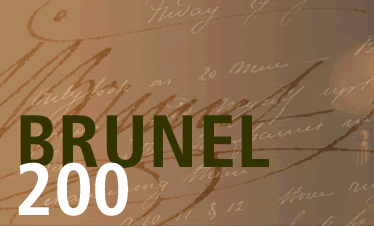
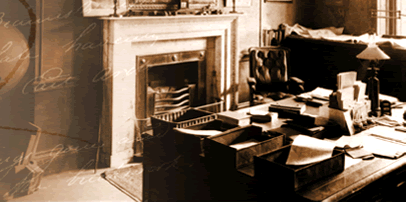
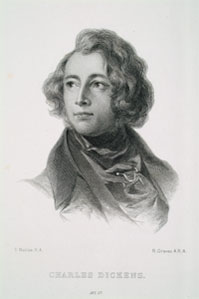
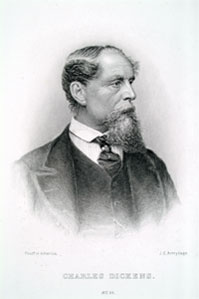
Portraits of Charles Dickens
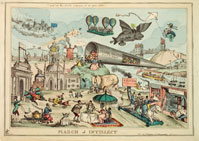
March
of Intellect
(Elton Collection: Ironbridge Gorge
Museum Trust)






Greater educational opportunities, the advent of steam printing, widening distribution networks by rail, the establishment of more and more public libraries, a love of self-improvement – all contributed to an expanding reading public who devoured the newspapers, magazines, novels, penny dreadfuls, religious tracts, sentimental verse popular histories, travel journals and self-help guides that were now available.
A major figure in British literature was Charles Dickens (1812-1870). Many of his novels first appeared as serials in magazines before being published in book form. The magazine structure encouraged Dickens to include regular cliff hangers in his plots. Having experienced extreme poverty in his childhood, Dickens sought to expose social injustice in the world and his depictions of brutality and deprivation in such works as Oliver Twist and Nicholas Nickleby helped to raise awareness of human suffering. His novel Hard Times is set in a Northern industrial town, the background also of novels by Elizabeth (Mrs) Gaskell (1810-1865).
The railway historian Jack Simmons believes that Dickens disliked steam trains but was also fascinated by them:
Travelling by them alarmed him; he detested boards of directors and the financial chicanery involved in railway promotion; he criticized the facilities the companies offered, their refreshment rooms above all; here and there… he saw them sweeping away the relics of a past he loved.
In Dombey and Son (1847-8) Dickens describes the intrusion of the railway upon the city:
Houses were knocked down; streets broken through and stopped; deep pits and trenches dug in the ground; enormous heaps of earth and clay thrown up; buildings that were undermined and shaking, propped by great beams of wood. Here, a chaos of carts, overthrown and jumbled together, lay topsy-turvy at the bottom of a steep unnatural hill; there, confused treasures of iron soaked and rusted in something that had accidentally become a pond...
In short, the yet unfinished and unopened Railroad was in progress; and, from the very core of all this dire disorder, trailed smoothly away, upon its mighty course of civilisation and improvement.
The character Dombey takes a nightmarish train journey, which includes the following description:
Away, with a shriek, and a roar, and a rattle, from the town, burrowing among the dwellings of men and making the streets hum, flashing out into the meadows for a moment, mining in through the damp earth, booming on in darkness and heavy air, with a shriek, and a roar, and a rattle, through the fields, through the woods, through the corn, through the hay, through the chalk, through the mould, through the clay, through the rock, among objects close at hand and almost in the grasp, ever flying from the traveller, and a deceitful distance ever moving slowly within him: like as in the track of the remorseless monster, Death!
On a more humorous note, in an essay in The Uncommercial Traveller (1860) Dickens complains about the refreshment facilities at stations:
I travel by railroad. I start from home at seven or eight in the morning, after breakfasting hurriedly. What with skimming over the open landscape, what with mining in the damp bowls of the earth, what with banging booming and shrieking the scores of miles away, I am hungry when I arrive at the refreshment station where I am expected. Please to observe, expected. I have said, I am hungry; perhaps I might say, with greater point and force, that I am to some extent exhausted, and that I need – in the expressive French sense of the word – to be restored. What is provided for my restoration? The apartment that is to restore me is a wind-trap, cunningly set to inveigle all the draughts in that country-side and to communicate a special intensity and velocity to them as they rotate in two hurricanes: one, about my wretched head; one, about my wretched legs. The training of the young ladies behind the counter who are to restore me has been from their infancy directed to the assumption of a defiant dramatic show that I am not expected… I turn my disconsolate eyes on the refreshments that are to restore me. I find that I must either scald my throat by insanely ladling into it, against time and for no wager, brown hot water stiffened with flour;… or I must extort from an iron-bound quarry, with a fork, as if I were farming an inhospitable soil, some glutinous lumps of gristle and grease, called pork pie.
Mrs Gaskell is arguably one of the most underrated writers of the Victorian era and was a particularly fine writer of short stories. As the wife of a Unitarian minister, Gaskell had access to all classes within society, which she drew upon in her work. Her first novel, Mary Barton: a Story of a Manchester Life (1848), which highlights the poverty and desperation of industrial workers, received mixed reviews. Reformers and philosophers such as Thomas Carlyle praised it but industrialists denounced Gaskell for her supposed ignorance of economics. Gaskell continued to tackle socially taboo subjects, for example with Lizzie Leigh – Manchester Prostitute (1850), as well as commenting upon the plight of the poor through her heroine’s awakening social conscience in North and South (1854/5). Gaskell’s Unitarian faith gave her a firm belief in the human duty to help society. When the Manchester cotton trade collapsed in 1862, Gaskell, aided by Florence Nightingale, organised training for the out-of-work women, preparing them for employment in other industries. When Gaskell died of a heart attack in 1865 she left unfinished her novel Wives and Daughters. This was completed by the editor of the Cornhill Magazine, Fredric Greenwood and published in book form in 1866 having previously been serialised. It was not until the 1950s that literary critics fully recognised the importance of the social insights found in Gaskell’s work and not until the 1990s that her dramatisation of the tensions women faced between private and public spheres was widely appreciated.
The poet and novelist Thomas Hardy explored class-based conflicts and the role of change and chance in determining fate. This is particularly evident in the Wessex novel The Mayor of Casterbridge (1886), which dramatically compares the paths of the rooted traditionalist with the modernising newcomer in the town. Hardy wanted to capture rural traditions he knew would be lost with urban migration and increased mechanisation as can be seen in the episodes involving the mummers in Return of the Native (1878), for example, or the Melchester church musicians’ resistance to change in Under the Greenwood Tree (1872).
